As a leading Australian company specialising in manufacturing and servicing flowmeters, we are dedicated to providing valuable insights into flow measurement. In this guide, we’ll explore water flow meters, how they work, the various types available, and their ideal applications.
What is a Water Flow Meter, and How Does it Work?
Water flow meters are essential devices that measure the amount of water passing through a pipe per unit of time. At Manuflo, our flow meters are directly connected to the pipeline and accurately gauge the water flow each time it passes. Our standard units of measurement include litres or cubic meters per minute (L/min = m³/min) for metric applications and gallons per minute (gal/min) for non-metric units.
Our water flow meters utilise cutting-edge technologies, such as mechanical gears, electromagnetic systems, and ultrasonic principles, to ensure precise measurements of water flow rates. Let’s delve into how these technologies work:
1. Mechanical or Positive Displacement Flow Meters:
Imagine a classic water wheel inside a water pipe. The wheel rotates based on the speed of water flow, directly correlating to the flow rate. This mechanical flow meter provides accurate measurements but is best suited for clean water processes due to potential damage caused by contaminants.
2. Vortex Flow Meters:
These meters introduce an obstruction within the flow path, similar to a fallen tree impeding a river’s flow. The oscillating block generates vibrations proportionately to the water flow, providing reliable measurements. Vortex flow meters are ideal for various water environments, including those with impurities.
3. Electromagnetic Flow Meters:
Electromagnetic flow meters measure flow rates without physical components in the water by using a magnetic field within flowing water. While they are more expensive and limited to conductive liquids, they excel in industrial environments and wastewater treatment plants.
4. Ultrasonic Flow Meters:
Ultrasonic flow meters measure the time offset using sound wave reflections, providing accurate volume flow measurements. These non-intrusive meters are low-maintenance and can be clamped outside the pipe, avoiding inline installations.
5. Single and Multi-Jet Flow Meters:
Best suited for small-scale applications, jet flow meters redirect water to an internal propeller, measuring its rotational speed to determine the flow rate. They are well-suited for residential and clean water applications.
6. Turbine Flow Meters:
Turbine flow meters strike a balance between simplicity and advanced technology. They perform well in inline pipe installations and are available in various pipe sizes.
Why Use Water Flow Meters?
Water flow meters are vital in numerous industries, including chemical manufacturing, water companies, wastewater treatment plants, medical device manufacturing, hydroponics, and backyard pool setups. Accurate flow measurements are essential for billing, production processes, and equipment optimization.
For further information on water quality measurements, features, or applications for our water flow meters, please contact our dedicated team at Manuflo. We are committed to providing top-notch solutions that optimize your flow measurement requirements. Choose Manuflo for precise and efficient water flow measurement solutions in Australia and beyond.


